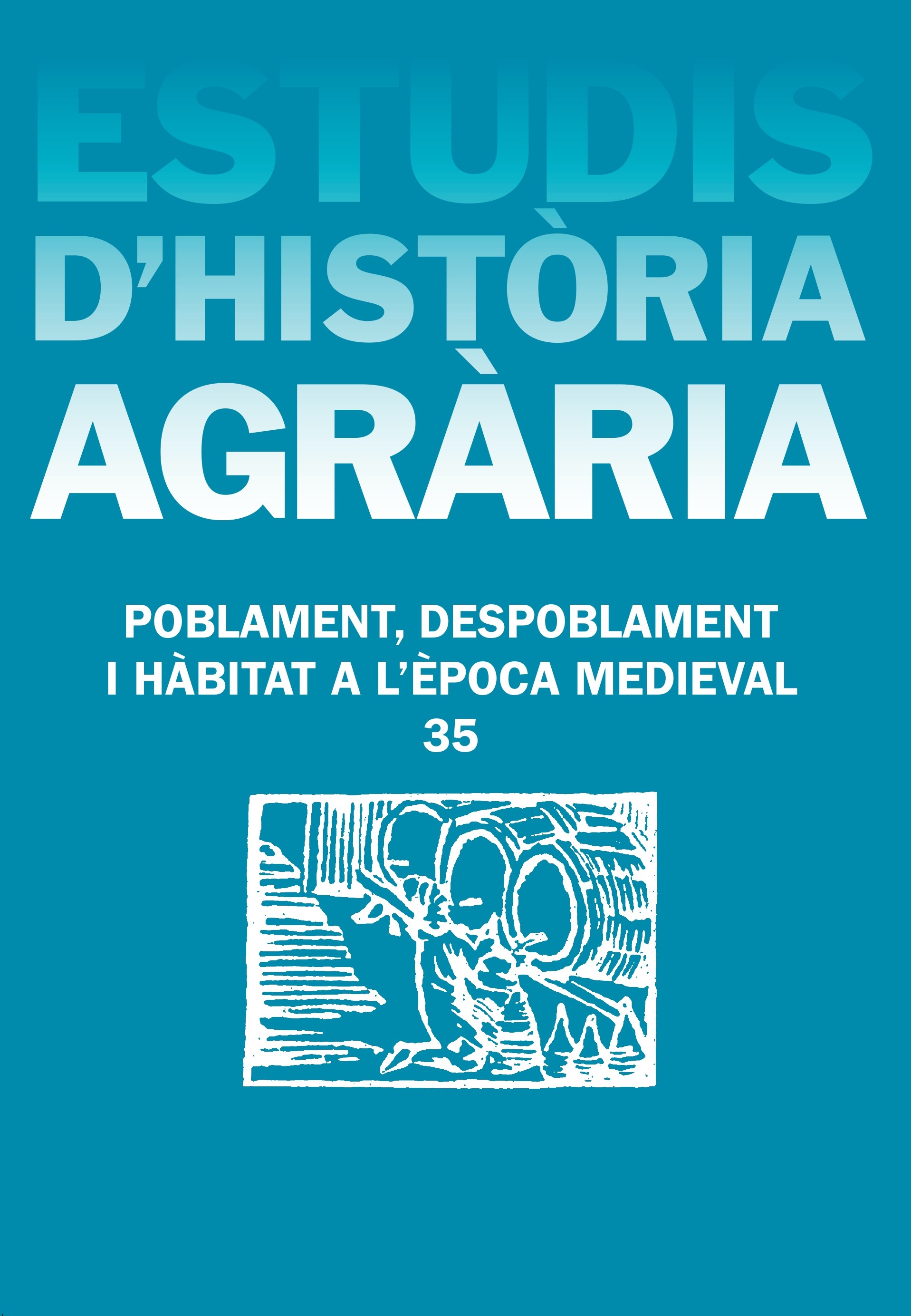Transformations and resiliencies in Catalan settlements during the Middle Ages
DOI:
https://doi.org/10.1344/eha.2023.35.13-49Keywords:
medieval Catalonia, villages not enclosed by walls, castral villages, ecclesiastical villages, new towns, farmsteads, hamletsAbstract
The ten centuries of the Middle Ages, in Catalonia, bore witness to many changes in its settlements. Significant breaks in continuity occurred, although at the same time there were a few noteworthy continuations. The Early Middle Ages saw the creation of a network of hamlets in tandem with the abandonment of the Roman villae (although the memory of the fundi lingered on). These habitats had to adapt to new political and economic realities, after the conquests of the Arabs and Berbers (713-721), and Carolingian Franks (759-801). During the High Middle Ages, there were remarkable transformations both in society and in settlements with the construction of ecclesiastical villages, castral villages, and planned new towns. At the same time, in some regions, the number of scattered farmsteads increased dramatically. Also, hamlets continued to exist in the Pyrenean lands, and some settlements (e.g., villas and hamlets) from the rest of Catalonia became villages and farmsteads.
Downloads
Published
Issue
Section
License
Copyright (c) 2023 Jordi Bolòs

This work is licensed under a Creative Commons Attribution-NonCommercial 4.0 International License.
From issue 29 (2017), when submitting a proposal, the author retains the copyright but grants the journal the first publication of the work.
The texts will be disseminated under the Creative Commons licence Attribution Non commercial (CC-BY-NC) which allows the work to be shared with third parties, provided that authorship is acknowledged, the initial publication in this journal, the conditions of the licence are met and no commercial use is made.



